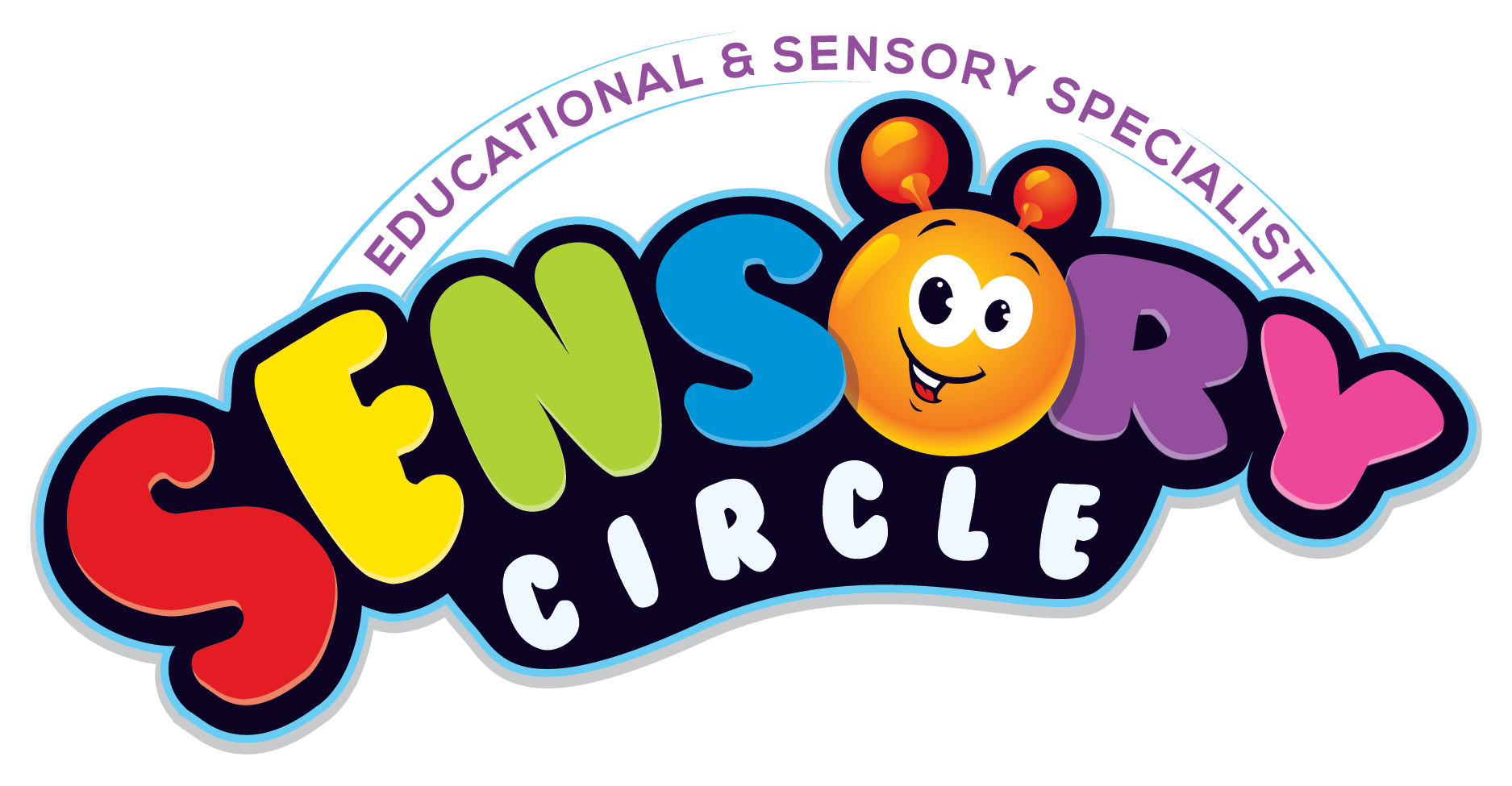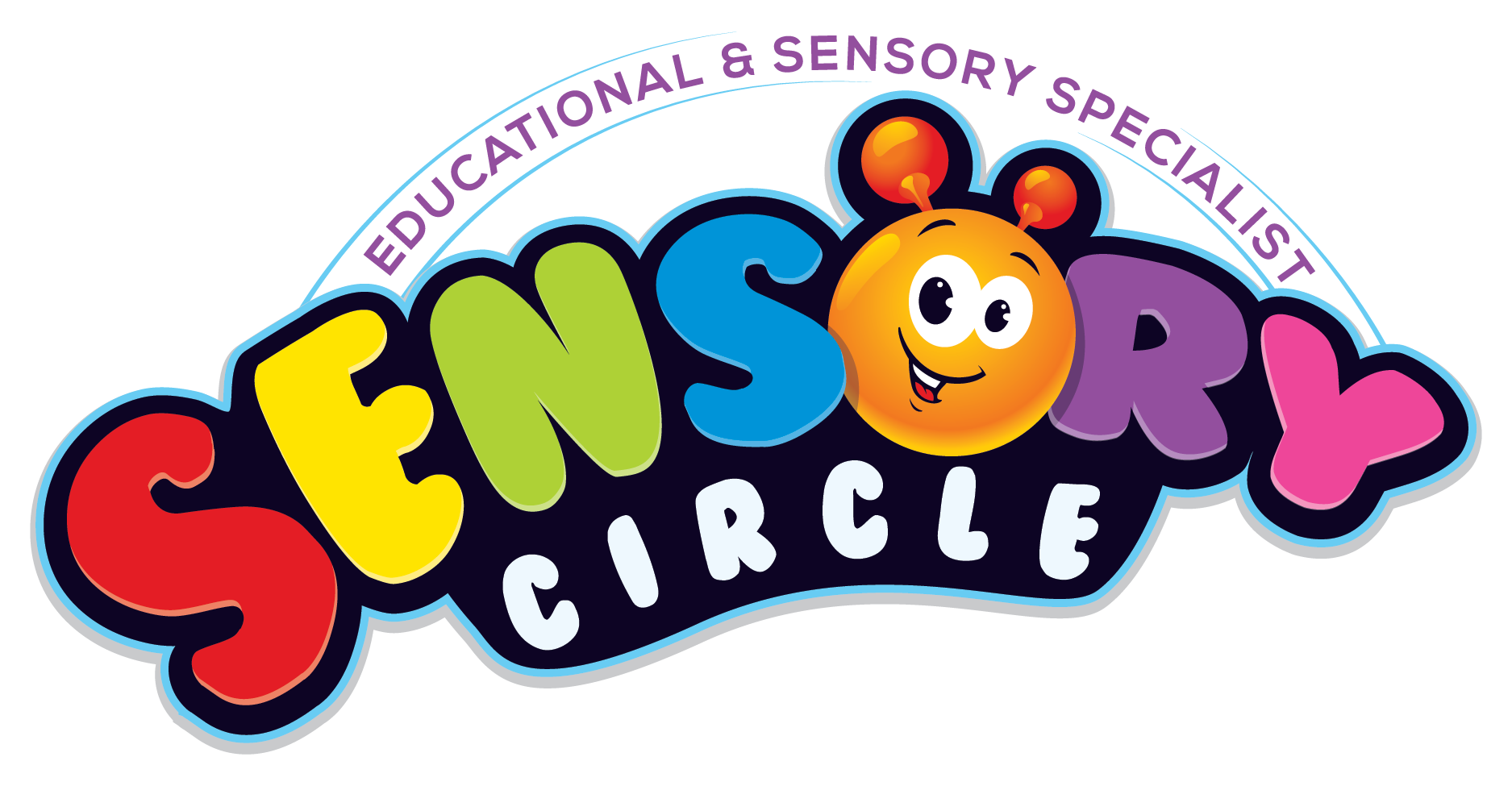
In a world full of colors, textures, and sounds, children with autism navigate a unique landscape that presents challenges unfamiliar to many. The daily interactions that come naturally to most can be overwhelming hurdles for these extraordinary individuals. Their journey is one of resilience, courage, and unwavering spirit as they strive to find their place in a world that doesn't always understand them.
Within this intricate tapestry of abilities and sensitivities lies the untapped potential waiting to bloom with the right support system. Parents, teachers, caregivers, and educators form the pillars of this foundation, offering guidance and understanding crucial in unlocking the brilliance within each child with autism. By embracing empathy and commitment, these guardians of growth pave the way for a brighter future where differences are not obstacles but stepping stones towards greatness. Join us on a transformative voyage as we explore six powerful ways to nurture the remarkable minds of children on the autism spectrum. Discover how simple acts of kindness and tailored interventions can bridge gaps into worlds uncharted but brimming with endless possibilities.
Understanding Autism
Autism spectrum disorder (ASD) encompasses a broad range of conditions characterized by challenges with social skills, repetitive behaviors, and communication. It's essential to recognize that each individual with autism is unique, possessing distinct strengths and areas for growth. For instance, some children with autism may excel in creative abilities like drawing or music, while others might struggle with sensory sensitivities or verbal communication. Understanding this diverse nature is crucial in providing tailored support that meets the specific needs of each child on the spectrum.
One significant aspect of supporting children with autism is early diagnosis and intervention. Identifying ASD at a young age allows for timely access to therapies and services that can make a profound difference in a child’s development. For example, early speech therapy can help improve communication skills, while behavioral interventions can aid in managing challenging behaviors effectively. Early interventions not only enhance the child’s quality of life but also equip them with valuable tools to navigate social interactions and daily routines more confidently.
Highlighting the importance of early intervention does not diminish the innate strengths individuals with autism possess. Some children on the spectrum demonstrate remarkable focus and attention to detail, making them well-suited for tasks requiring precision or structured routines. By acknowledging these unique abilities alongside their challenges, we can create an inclusive environment that celebrates diversity and empowers every child to thrive. Ultimately, early diagnosis combined with targeted interventions can pave the way for children with autism to unlock their full potential and lead fulfilling lives supported by understanding families, educators, and caregivers.
Creating a Supportive Environment
One of the keys to supporting children with autism is to create an environment that is safe, structured, and conducive to their specific needs. By establishing a predictable setting, you can help reduce anxiety and provide a sense of security for children on the spectrum. Consider setting up designated sensory-friendly spaces in your home or classroom where kids can retreat when feeling overwhelmed. These areas can include items like weighted blankets, noise-canceling headphones, or fidget toys to help reduce triggers and promote comfort.
To further support children with autism, it's essential to minimize distractions and maintain routine consistency. Simple adjustments like reducing clutter in their work area, using soft lighting that is easy on the eyes, or establishing clear schedules can make a significant difference. For example, creating visual schedules with pictures or symbols outlining tasks for the day can help children anticipate what's coming next, reducing uncertainty and meltdowns.
By implementing strategies that prioritize creating a supportive environment tailored to the unique needs of children with autism, caregivers and educators can help them thrive. Remember, each child is different, so it's essential to observe and adapt based on individual preferences and responses. Consistency and understanding play key roles in fostering a safe space where kids feel understood and supported as they navigate the world around them.
Effective Communication Strategies
When it comes to supporting kids with autism, effective communication can make a world of difference. Understanding that individuals on the autism spectrum may process information differently is key. Using clear, concise language and giving them time to respond helps create a comfortable environment for communication. Additionally, visual aids like picture schedules or social stories can enhance understanding and help children navigate daily routines more smoothly.
For instance, if a child with autism finds it challenging to transition between activities, using a visual schedule outlining each task can provide clarity and reduce anxiety. This simple yet powerful tool not only aids in communication but also empowers the child to anticipate what comes next, fostering independence and autonomy. Patience is vital during interactions - allowing the child time to process information and express themselves at their own pace goes a long way in building trust and rapport.
In classrooms or at home, implementing strategies that cater to different communication needs can significantly improve the overall learning experience for children with autism. Whether it's using gestures, offering choices visually, or incorporating assistive technologies like speech-generating devices, finding the right communication approach can unlock potential and facilitate meaningful connections. By embracing diverse communication methods and practicing empathy and patience, we pave the way for positive interactions that nurture growth and development in children on the autism spectrum.
Promoting Social Skills Development
When it comes to children with autism, developing social skills is a crucial aspect of their growth and well-being. One effective technique for fostering these skills is by encouraging peer interactions through structured playdates or social skill groups. By creating opportunities for children on the spectrum to engage with their peers in a supportive environment, they can practice important social behaviors and learn valuable communication techniques.
In addition to peer interactions, teaching social cues explicitly through role-playing scenarios can significantly benefit children with autism. Through interactive sessions where they act out different social situations, individuals on the spectrum can better understand nonverbal cues, body language, and appropriate responses in various social settings. This hands-on approach helps bridge the gap that some children with autism may experience in interpreting social nuances.
For example, during a role-playing exercise, a child with autism can take turns mimicking different facial expressions or gestures while learning how to recognize similar signals from others. By practicing these scenarios in a controlled setting, they gain confidence and build foundational skills that can be applied in real-life social interactions. These activities not only enhance their understanding of social dynamics but also promote self-expression and empathy towards others.
Encouraging Independence
Empowering children with autism to become more independent is a crucial aspect of their growth and development. By providing opportunities for them to learn and practice self-care skills, such as dressing themselves or brushing their teeth, parents, teachers, caregivers, and educators can nurture a sense of self-sufficiency in these children. Using visual supports like step-by-step guides or picture schedules can help make these tasks more manageable and understandable for children on the spectrum. For example, creating a visual checklist for getting ready in the morning can break down the process into simple, actionable steps that the child can follow independently.
Celebrating achievements, no matter how small, plays a significant role in boosting the confidence of children with autism. When a child successfully completes a task or achieves a goal, whether it's tying their shoelaces or completing a puzzle, acknowledging and praising their effort goes a long way in reinforcing their sense of accomplishment. This positive reinforcement not only motivates them to continue striving towards independence but also instills a sense of pride in their abilities. Additionally, celebrating progress helps create a supportive environment where the focus is on growth and development rather than perfection.
Promoting independence in children with autism involves gradual skill-building while providing necessary support and guidance along the way. It's essential to recognize that each child progresses at their own pace, so patience and consistency are key components in this journey towards fostering independence. By incorporating strategies tailored to the individual needs and strengths of each child, caregivers and educators can help unlock their full potential and empower them to navigate daily tasks with increased confidence and autonomy. Through encouragement, positive reinforcement, and personalized support, children with autism can thrive in an environment that encourages and celebrates their growing independence every step of the way.
Tailoring Learning Approaches
When it comes to supporting children with autism, one of the key elements is tailoring learning approaches to meet their specific needs. Each child on the autism spectrum is unique, with individual strengths and challenges that need to be addressed. By exploring personalized education plans, educators can design strategies that consider these differences. For example, if a child excels in visual learning, incorporating more visual aids like flashcards or diagrams can enhance their understanding of concepts. By tailoring learning approaches in this way, teachers can create an environment where children with autism can thrive academically.
Advocating for personalized education plans is crucial in ensuring that children on the autism spectrum receive the support they need to succeed in school. These plans not only focus on addressing academic challenges but also highlight and leverage a child's strengths. For instance, if a student shows a particular interest in animals, incorporating animal-related themes into lessons can increase engagement and motivation. By recognizing and nurturing these strengths, educators can help build confidence and self-esteem in children with autism.
To facilitate effective tailoring of learning approaches, educators should have access to resources and tools that enable them to adapt their teaching styles based on each child's learning preferences. This may involve professional development workshops on implementing differentiated instruction techniques or utilizing technology to cater to diverse needs. Providing teachers with the necessary support and training empowers them to create inclusive classrooms where all students, including those with autism, are set up for success. Ultimately, by adapting educational strategies according to individualized needs within the autism spectrum, we can unlock every child's potential for growth and development.
Unlocking the Potential Together
In supporting children with autism effectively, creating a safe and structured environment, utilizing effective communication strategies, promoting social skills development, encouraging independence, and tailoring learning approaches all play vital roles. Recognizing and celebrating the unique strengths of children on the spectrum while addressing their challenges is key to their growth and development. By working together as a team that includes parents, teachers, caregivers, and educators, we can unlock every child's potential.
Collaboration is the cornerstone of success in providing the best support for children with autism. When we join forces, share insights, and communicate openly about each child's needs and progress, we create a unified front that maximizes their opportunities for growth. Remember, every child is capable of remarkable achievements when surrounded by understanding hearts and guiding hands. Let’s continue to walk this journey together to empower children with autism towards fulfilling their dreams and reaching their full potential.




